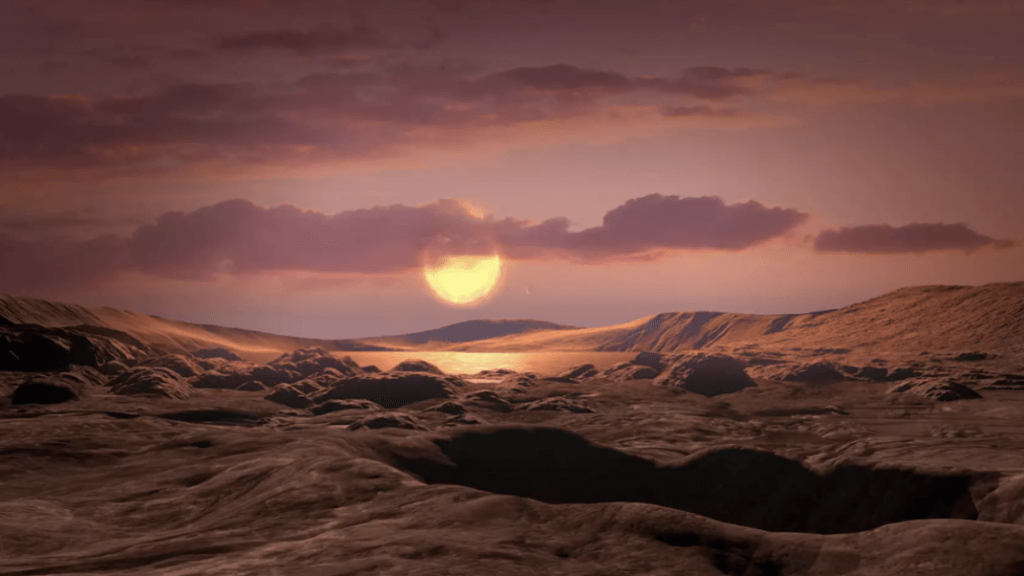
Scientists just found a planet that’s stranger than you can imagine (Image Credit: Mashable)
Imagine a distant planet where life could potentially thrive — but perhaps only on one particularly bright side.
Astronomers announced the discovery of a world beyond our solar system, an exoplanet dubbed Wolf 1069 b. Their finding, recently published in the science journal Astronomy & Astrophysics(Opens in a new window), is intriguing exoplanet research for a number of reasons:
-
Wolf 1069 b is around the same mass of Earth. That’s rare. Among thousands of confirmed exoplanets, “only about 1.5 percent have masses below two Earth masses,” notes a release(Opens in a new window) from the Max Planck Institute for Astronomy, a research institute in Germany. Importantly, we know from experience that rocky, Earth-like worlds can create conditions that might allow life to survive.
-
Even rarer, Wolf 1069 b orbits in its solar system’s “habitable zone,” meaning a special region where liquid water can exist on the surface.
-
To researchers’ current knowledge (this can change with more observation), the planet isn’t being pummeled with harmful radiation. Wolf 1069 b orbits a star (Wolf 1069) that’s smaller and cooler than the sun, allowing the world to orbit pretty close and still be a potentially habitable world. The planet orbits its small star every 15.6 days!
-
A weird quirk: Like the moon, Wolf 1069 b is “tidally locked” in its orbit, meaning the same side is constantly facing the red dwarf star. As a result, the planet’s “dayside” is perpetually day, and the nightside perpetually night.
So, if you stood on the star-facing side of Wolf 1069 b, a year would last about 16 days, the sun wouldn’t set, gravity might be similar to that on Earth, and you might even find water sloshing over the surface.
Crucially, however, there’s still no evidence of life in the universe beyond Earth — though there are exciting contenders for potential habitability in our own solar system. “A habitable planet can be habitable but not inhabited,” Ravi Kumar Kopparapu, an exoplanet researcher at NASA’s Goddard Space Flight Center, told Mashable earlier this year.
Finding an Earth-sized planet
Finding an Earth-sized world is a huge challenge.
Many exoplanets are found by watching to see if a star dims when one of these extremely distant planets passes in front of it. Many of the exoplanets discovered so far, however, are much bigger than Earth, so this slight dimming is “easier” to find. Scientists used a different strategy to sleuth out Wolf 1069 b, which is a small planet. They looked for tiny but periodic changes in light from the star, a technique called the “radial velocity method.” This can provide evidence that a planet is tugging on its star. Then, scientists calculate the world’s mass and other information by measuring how much the star’s light changes.

Credit: MPIA graphics department / J. Neidel
Want more science and tech news delivered straight to your inbox? Sign up for Mashable’s Top Stories newsletter today.
In the vast universe, Wolf 1069 b is a relatively close Earth-sized discovery at just some 31 light-years away. That makes it a rare finding, and an exciting planet candidate to study for biosignatures, which are evidence of past or current life. “Because of its favourable prospects regarding habitability, it is among a small illustrious group of targets, such as Proxima Centauri b and TRAPPIST-1 e, to search for biosignatures,” the Max Planck Institute for Astronomy noted.
Huge, future telescopes will look for these possible biosignatures. What’s out there?





